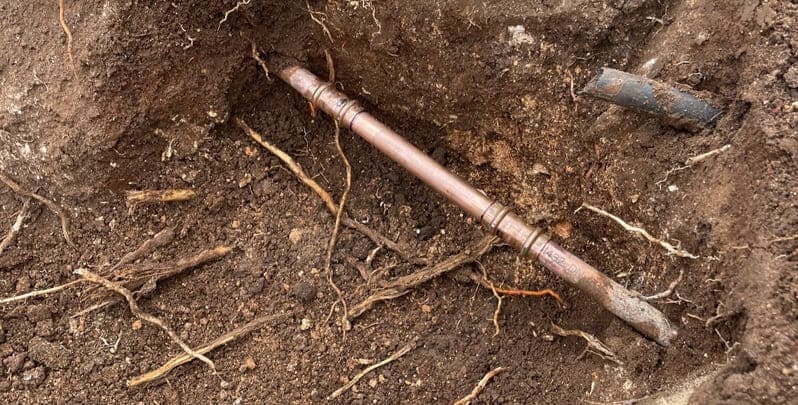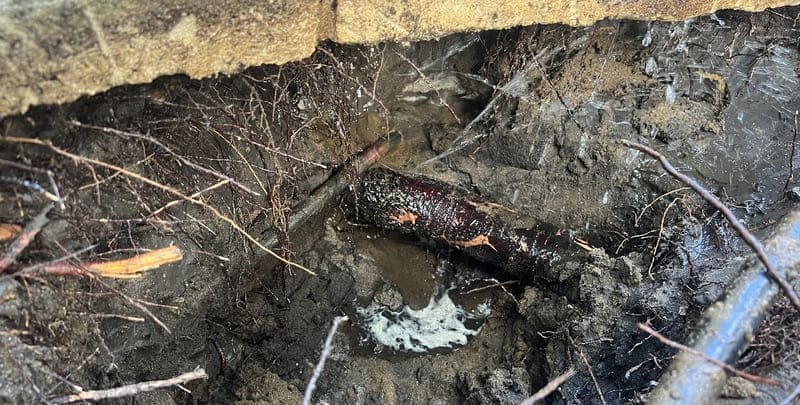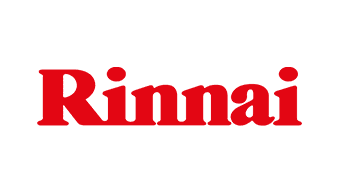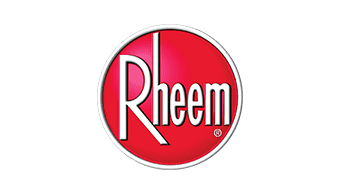
How to Clear Tree Roots from Drains
Tree roots in drain pipes are a common and vexing problem for homeowners. They typically infiltrate sewer lines and plumbing systems as they seek moisture.
In doing so, they cause blockages, slow drains, and even burst pipes. Understanding how to effectively remove tree roots from stormwater drains is essential to maintaining a healthy drainage system.
From mechanical removal to chemical treatments, there are various methods to clear tree roots from drains. We’ll also provide insight into preventative measures to protect your sewer lines from root intrusion, ensuring your plumbing remains efficient and intact.
Whether you’re dealing with minor root damage or a completely collapsed sewer pipe, we’re here to help you avoid tree roots blocking your drains.
How Tree Roots Enter Drain Pipes
Tree roots are naturally drawn towards sources of water, especially when moisture is scarce. Sewer lines and drain pipes, with their consistent flow of water and nutrients, often attract the root systems of nearby trees.
This is especially problematic in older plumbing systems where pipes may already have tiny fractures or loose joints.
Entry Points
The initial entry point is usually through small cracks or gaps in the sewer pipes. Once inside, the root system grows and expands, exploiting the rich, moist environment inside the drainage system. Over time, these roots can cause significant tree root damage, leading to blocked drains and even completely broken pipes.
Tree Root Growth
As roots mature, they thicken and can exert considerable pressure on the drainage pipes. This pressure can lead to further cracking, allowing more roots to invade and exacerbate the blockage. Regular drain cleaning and inspections using tools like a CCTV drain camera can help identify these invasions early before they cause severe damage to the sewer system.
Prevention Strategies
Preventative measures include planting trees away from sewer lines or choosing species with less aggressive root systems. Additionally, you can use physical barriers or growth inhibitors such as root killers around sewer lines to discourage root intrusion. They protect the plumbing system and reduce the need for costly pipe repair or relining work.

Early Signs of Tree Roots in Your Drains
Detecting tree roots in your drains early can save considerable time and expense in repairs. Here are the key indicators that tree roots may be affecting your sewer lines:
- Slow drainage and recurring clogs – One of the first signs of root intrusion in sewer lines is a noticeable slowdown in drainage speed. If sinks, bathtubs, or toilets begin to drain more slowly than usual, or if you frequently need to clear blockages, tree roots could be constricting your pipes.
- Gurgling sounds from plumbing fixtures – Unusual noises, such as gurgling sounds coming from the toilet bowl or other drains, often indicate that air is being trapped due to partial blockages caused by roots in the sewer pipes.
- Changes in toilet flush efficiency – If your toilet starts exhibiting inconsistent flushing or requires more frequent plunges, it may be a sign that tree roots are obstructing the normal water flow. This can lead to lower water pressure and reduced sewage disposal efficiency.
- Unpleasant odours – Foul odours emanating from drains can be a tell-tale sign of blockages deep within the sewer system. They’re often the result of decaying roots that have died after treatments like rock salt or commercial root killers.
- Unexplained water bill increases – Additionally, an unexplained increase in water bills might suggest hidden leaks caused by root damage to water lines.
Promptly addressing these symptoms with the help of a licensed plumber can prevent more severe complications, such as damaged pipes or the need for extensive pipe relining work. Early intervention often allows for simpler, less invasive solutions like drain snake use or targeted root killer applications to remove roots effectively.
Removing Tree Roots from Drains
Removing tree roots from drains is crucial to maintaining a healthy sewer system and preventing costly repairs. There are several effective methods of destroying tree roots, each suited for different severities of blockage.
Mechanical Removal
For significant root intrusion and drain blockages, mechanical methods such as using a drain snake or root cutter are highly effective. Professional plumbers typically employ motorised augers with cutting blades that can cut through tree roots in sewer lines, clearing the blockage. This process might require several passes through the drain system to ensure all the roots are destroyed.
Chemical Treatments
Chemical solutions can kill roots without damaging the pipes. Products containing copper sulphate or a concentrated salt solution (like rock salt) can be flushed down the toilet to reach the sewer line, where they gradually deteriorate the roots. However, it’s essential to use chemicals judiciously. They can harm the wider environment and may be restricted in certain areas.
Hydro Jetting
Hydro jetting involves using high-pressure water to obliterate tree roots in pipes. This method not only removes the roots but also cleans the walls of the pipes, removing all the residual matter that roots might cling to. It’s a highly effective, environmentally friendly solution for both root removal and preventing future blockages of pipes and sewer drains.

Preventive Measures to Take
To prevent the hassle and cost of dealing with tree roots in sewer lines, you can implement several proactive measures. These strategies aim to protect your plumbing infrastructure by minimising the risk of root intrusion into your drainage system.
Strategic Tree Planting
When planning your garden layout, avoid planting trees near sewer lines to prevent root intrusion. If you are unsure about the location of your sewer lines, consult a professional plumber. They can help you identify the exact location using specialised equipment. Choose tree species known for having less aggressive root systems to reduce the risk of future blockages.
Use of Physical Barriers
Installing physical root barriers can direct tree roots deeper into the soil, away from sewer pipes. These barriers are made from sturdy materials that obstruct and prevent tree roots from reaching the pipes. They effectively prevent root intrusion and protect your drainage system from blocked drains and other tree root issues.
Regular Maintenance
Conduct regular inspections and maintenance of your drain system. Use CCTV drain cameras to monitor the condition inside the pipes and catch any early signs of root intrusion. Regularly clearing your drains with pressurised water can also help remove small roots before they grow large enough to cause significant damage.
Drainage Practices
Avoid flushing blockage-causing materials such as food scraps and excessive toilet paper. These can trap roots and exacerbate blockage issues. Implementing these preventive measures, along with careful monitoring, can significantly reduce the likelihood of encountering severe tree root problems in your sewer lines and drainage system. It ensures smoother functioning and fewer disruptions.
Be Smart with How You Clear Tree Roots from Drains
Successfully removing tree roots from your drainage system is crucial for maintaining the integrity and functionality of your sewer lines. By employing methods such as mechanical removal, chemical treatments, and hydro jetting, you can effectively clear roots and prevent further damage.
However, it’s equally important to engage in preventative measures. These might include careful planting of trees, using root barriers, and regular maintenance checks with plumbing services to safeguard against future intrusions.
Remember, avoiding tree roots in pipes prevents blocked drains and damaged pipes. It also preserves the overall health of your sewer system. Whether you choose to tackle tree root issues yourself or seek professional assistance, timely action and continuous monitoring are key to keeping your drainage system free flowing.
Please note: This information is provided for advice purposes only. Regulations differ from state to state, so please consult your local authorities or an industry professional before proceeding with any work. See our Terms & Conditions here.
Published: 2024-04-16

















